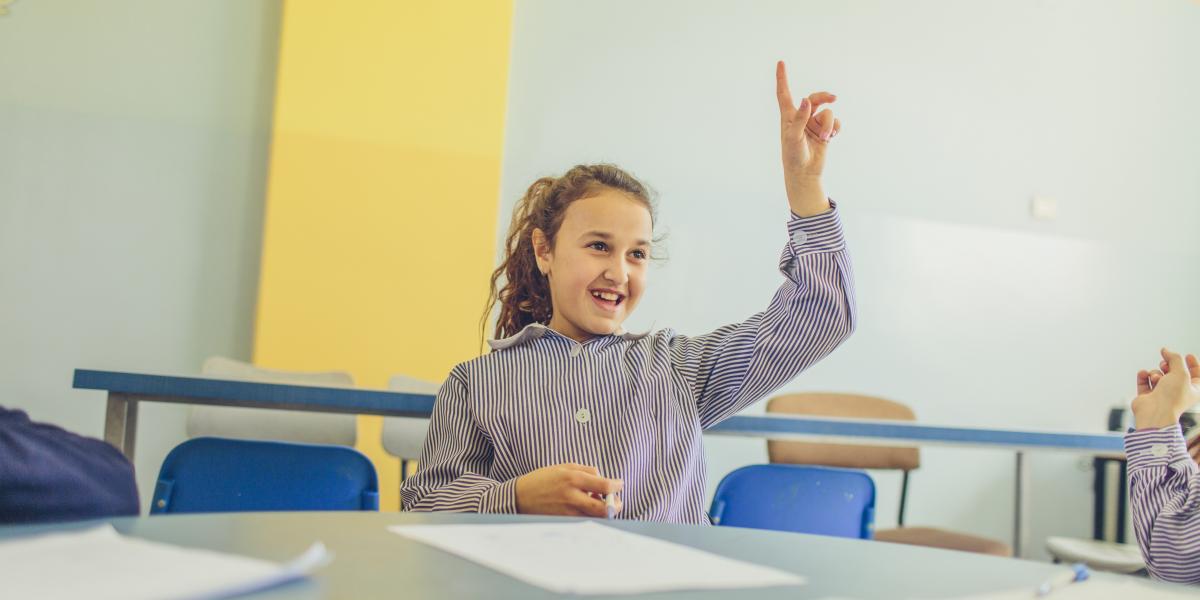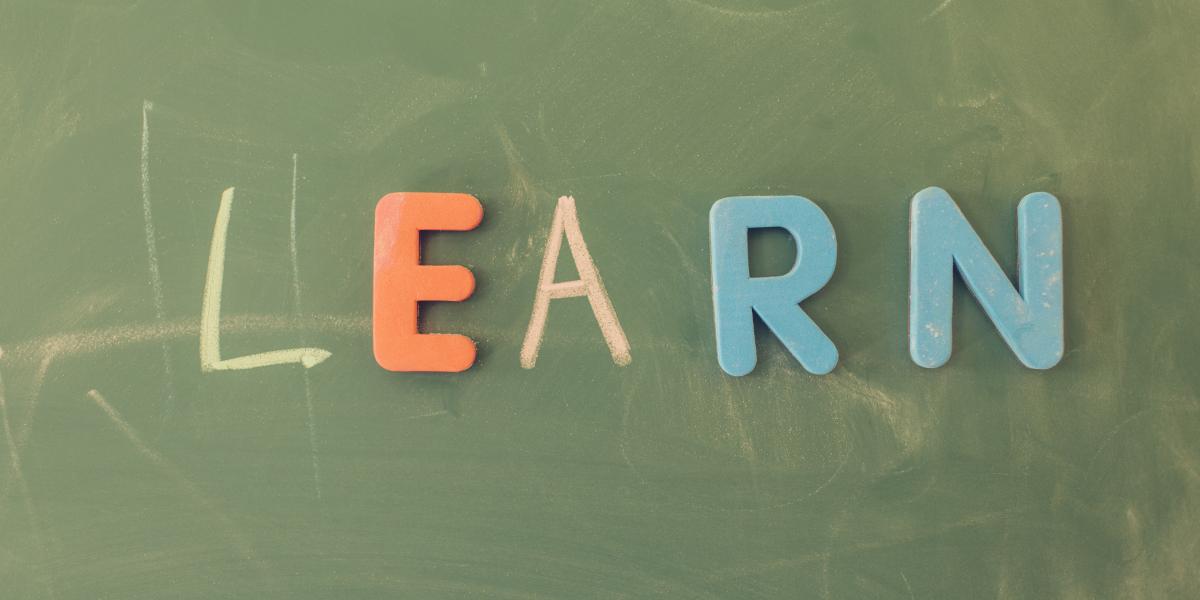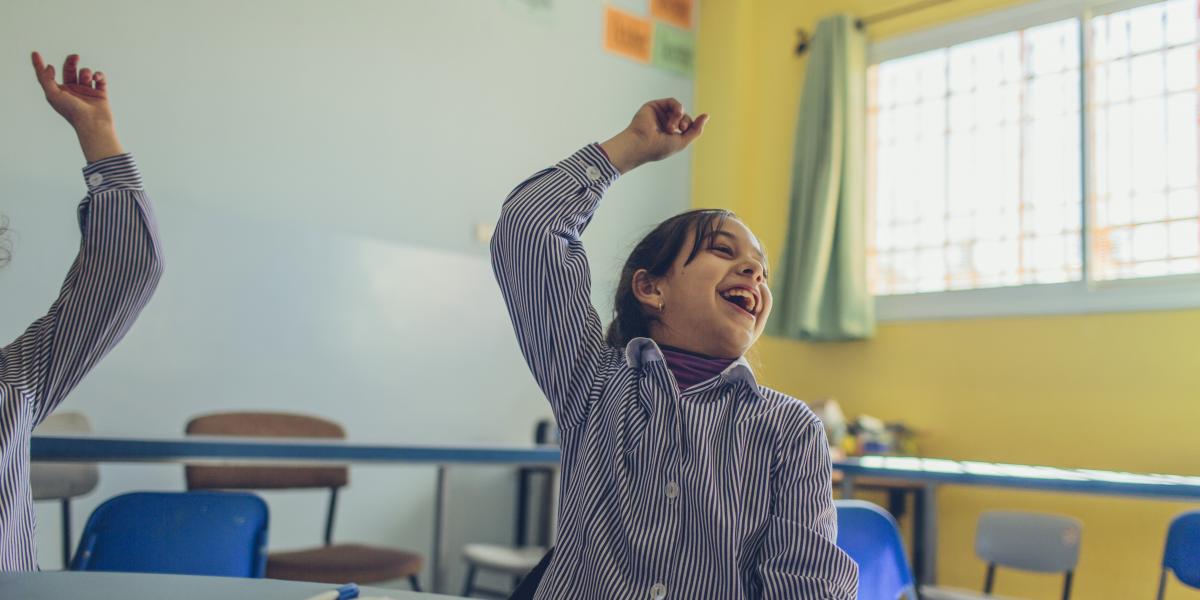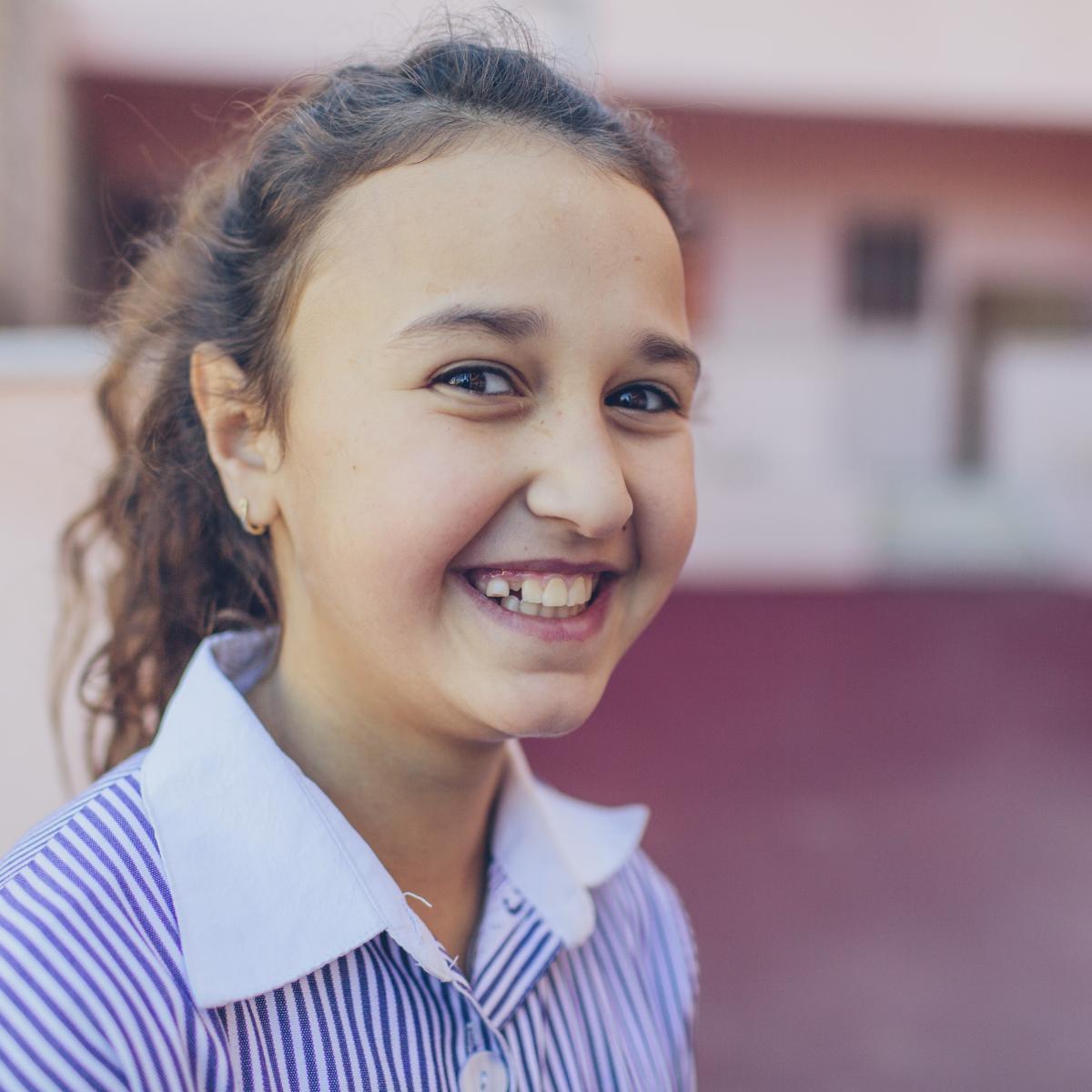Today's Girls, Tomorrow's Future
In the West Bank and around the world, ensuring girls get the education they deserve
Story by Sahar Kalifa | Photos by Bobby Neptune
July 2015
The Saffa Girls' School in Ramallah Governorate, West Bank, is investing in nearly 500 futures.
The school is a haven for learning, growth and empowerment.
The girls taught here will grow up to be women who invest 90 percent of what they earn in their families; breadwinners whose incomes can rise by a fourth for each year they stay in school; and mothers who are more than twice as likely to send their kids to school.
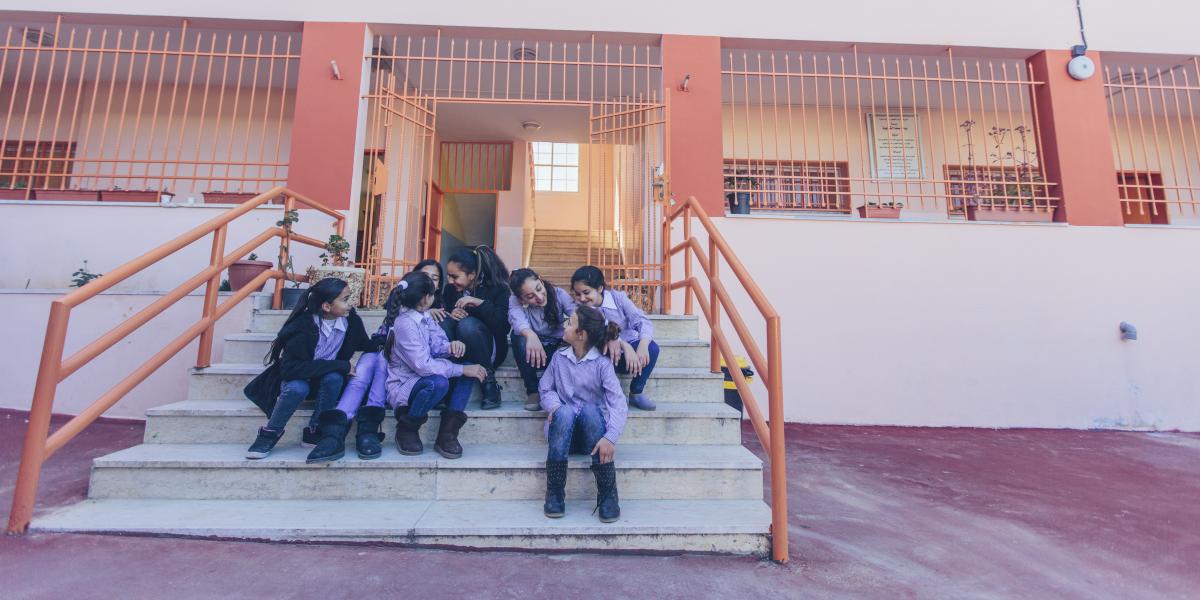
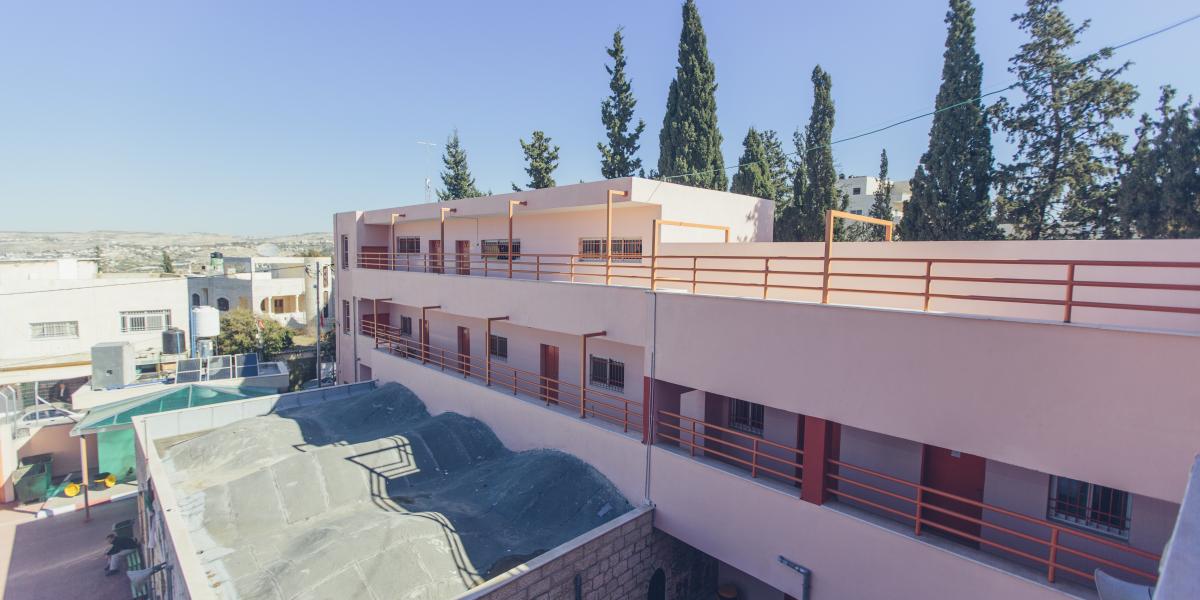
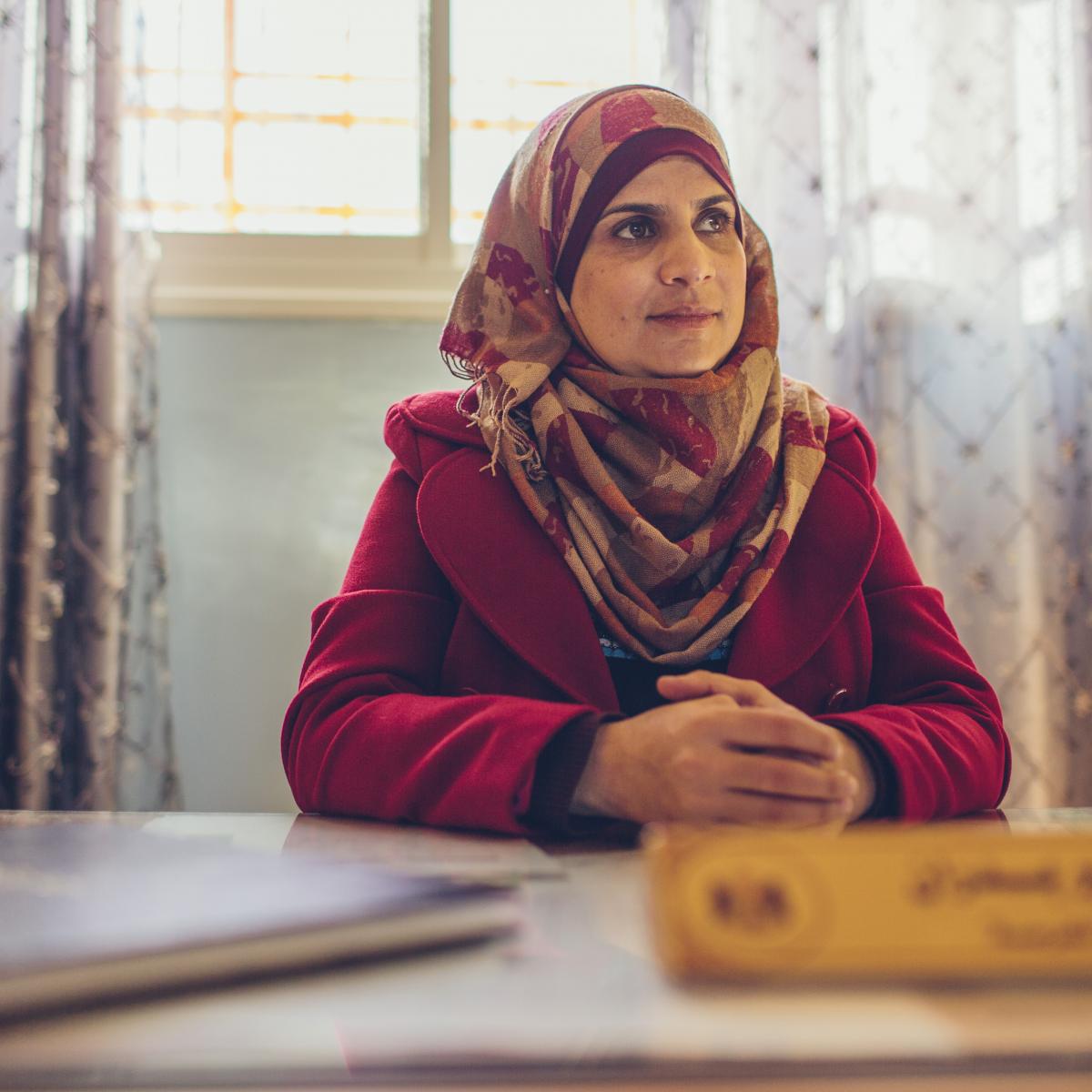
Abeer Ali Badran—the principal of the Saffa School—knows this.
In order to give her girls an advantage, Abeer recruited USAID, which is providing renovations, training and support to 93 schools like hers in the West Bank.
Thanks to two USAID programs, the Saffa School now has 28 updated classrooms, better prepared teachers, a playground, drinking fountain and protective wall to ensure that students have a safe place to learn.
With these renovations and support, the Saffa School girls are learning more than ever. So are the other 230,000 female students who have benefited from USAID programs in the West Bank and Gaza over the past two decades.
And the results are in. Last year, students in USAID-supported schools scored 7 percent higher on standardized tests when compared to other students in their district.
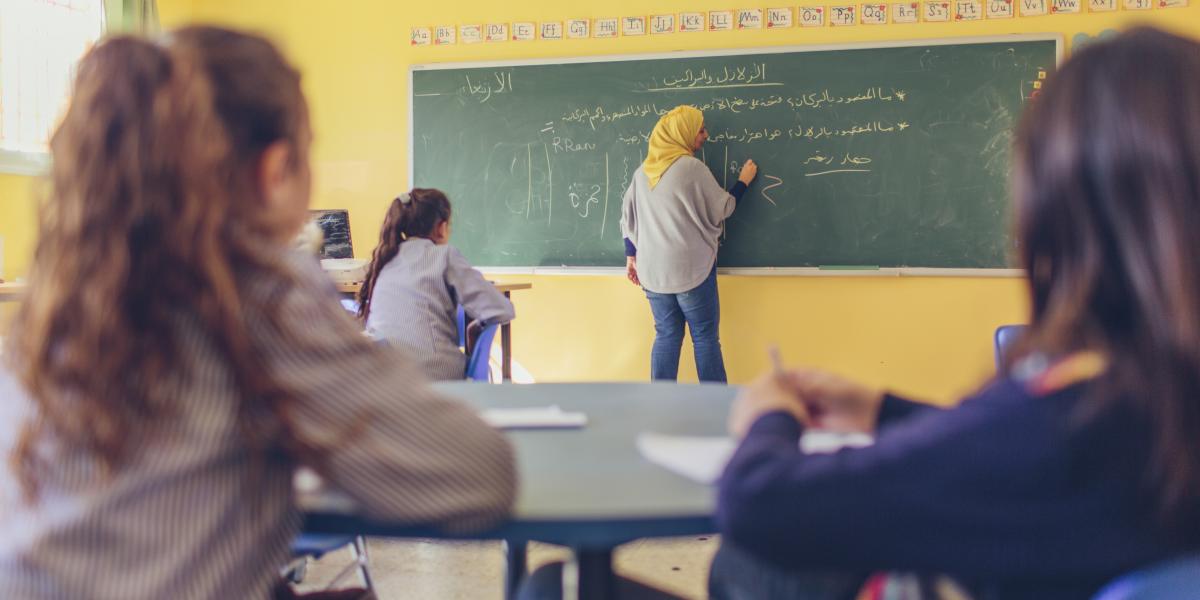
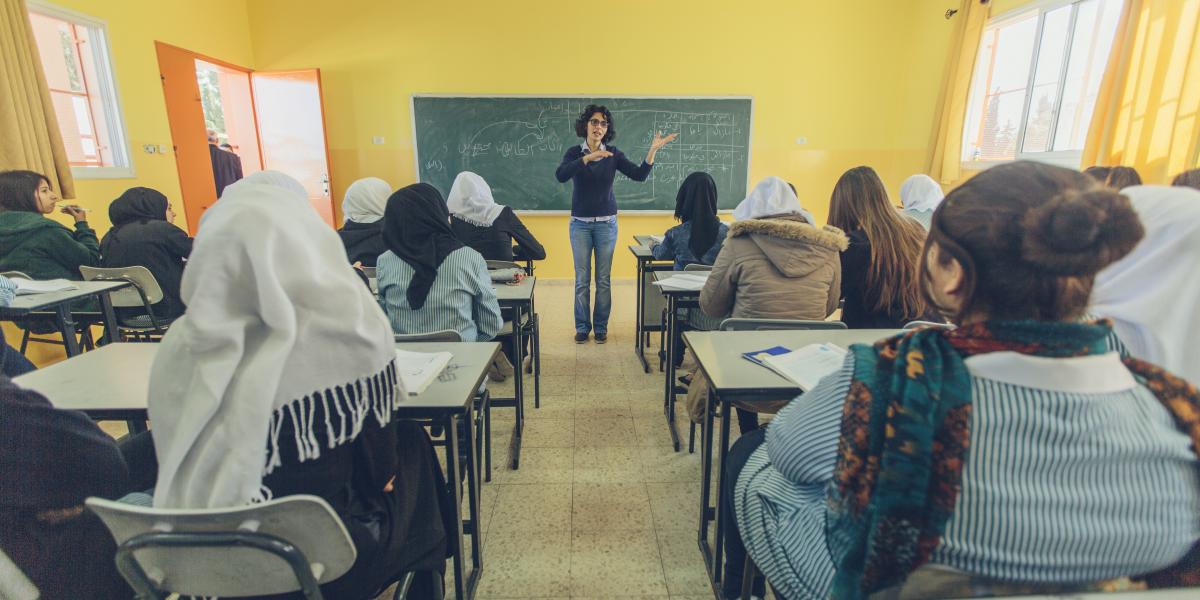
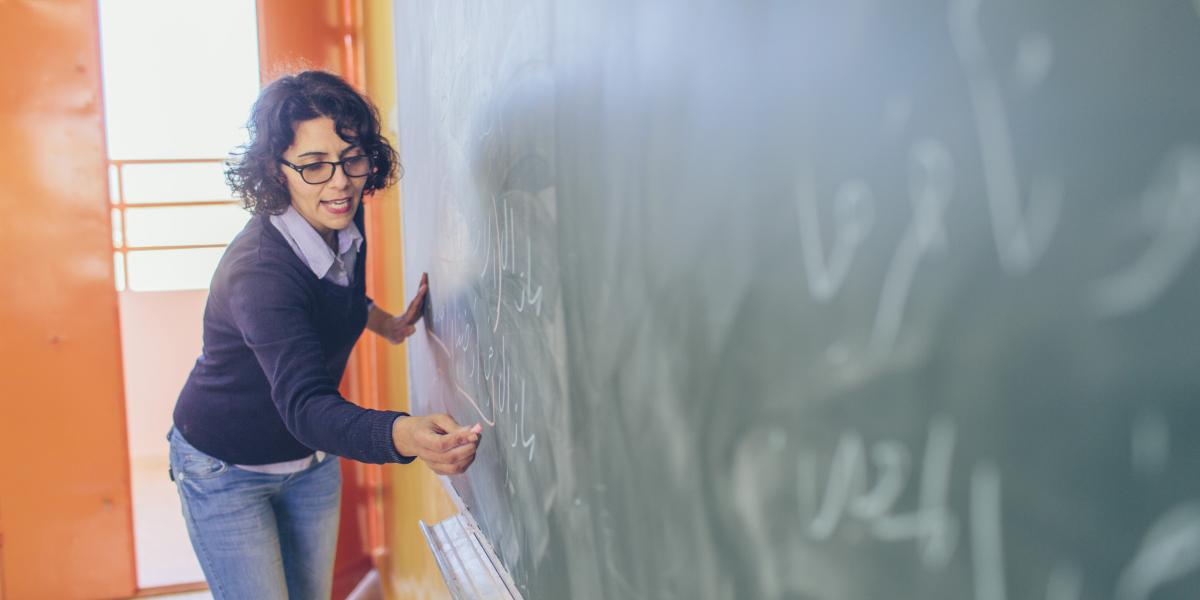
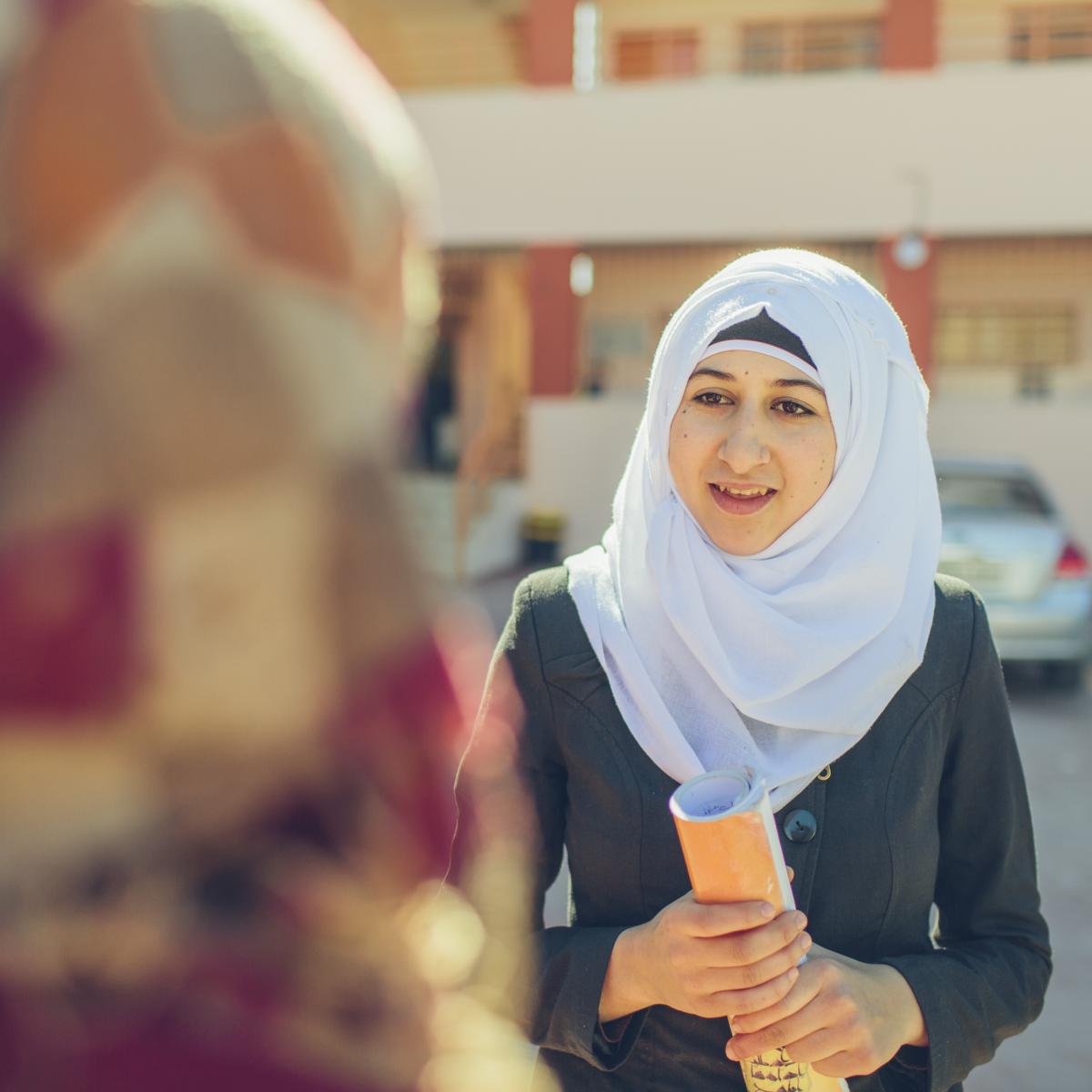
Progress in the Middle East and around the world depends on whether girls like Nicole and Dalal can reach their full potential.
Around the world, there are still 62 million girls who should be in school, but aren’t. Even if they are able to attend school, girls often lack the resources and support they need to learn.
Yet, we know that investing in a girl’s education will have a transformational effect on her family, community and society as a whole.
When girls are educated, they lead healthier and more productive lives. They become better citizens, parents and providers.
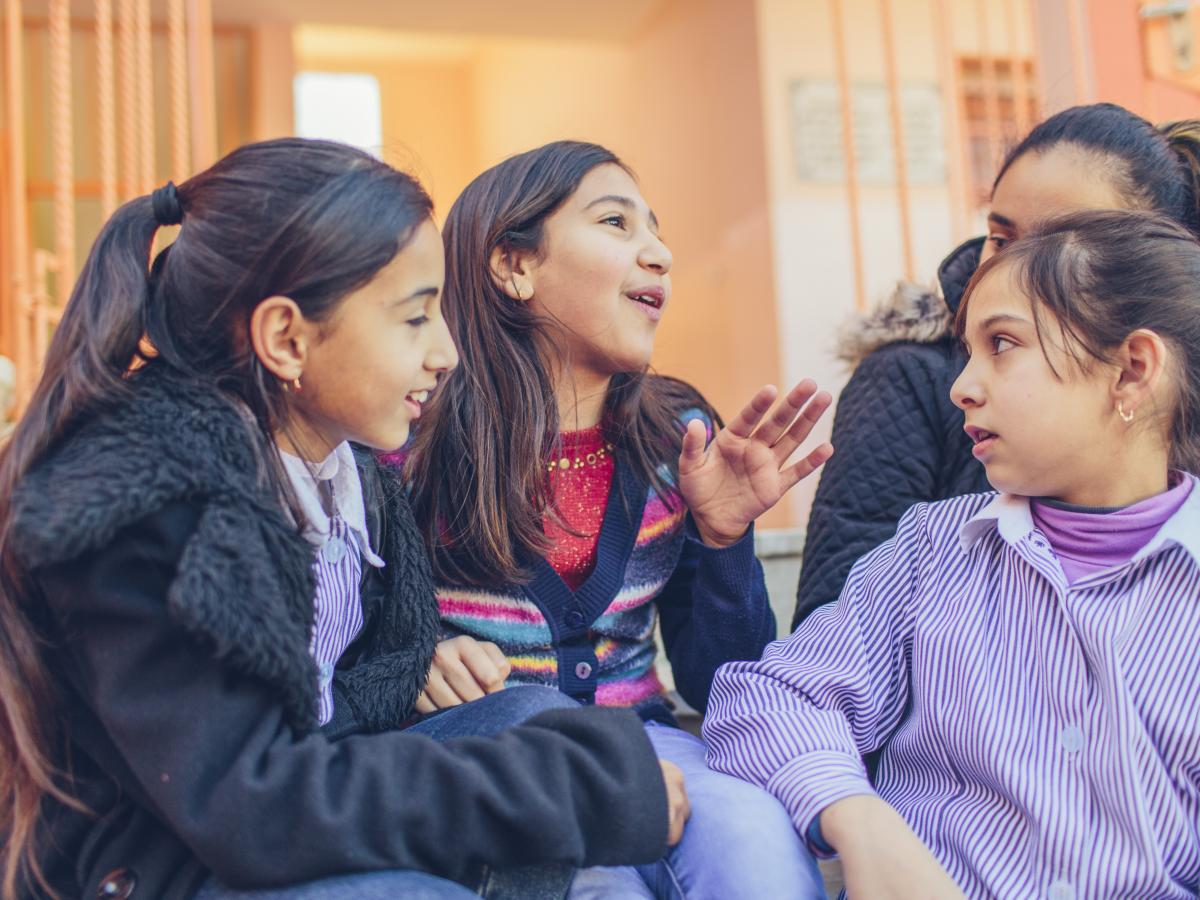
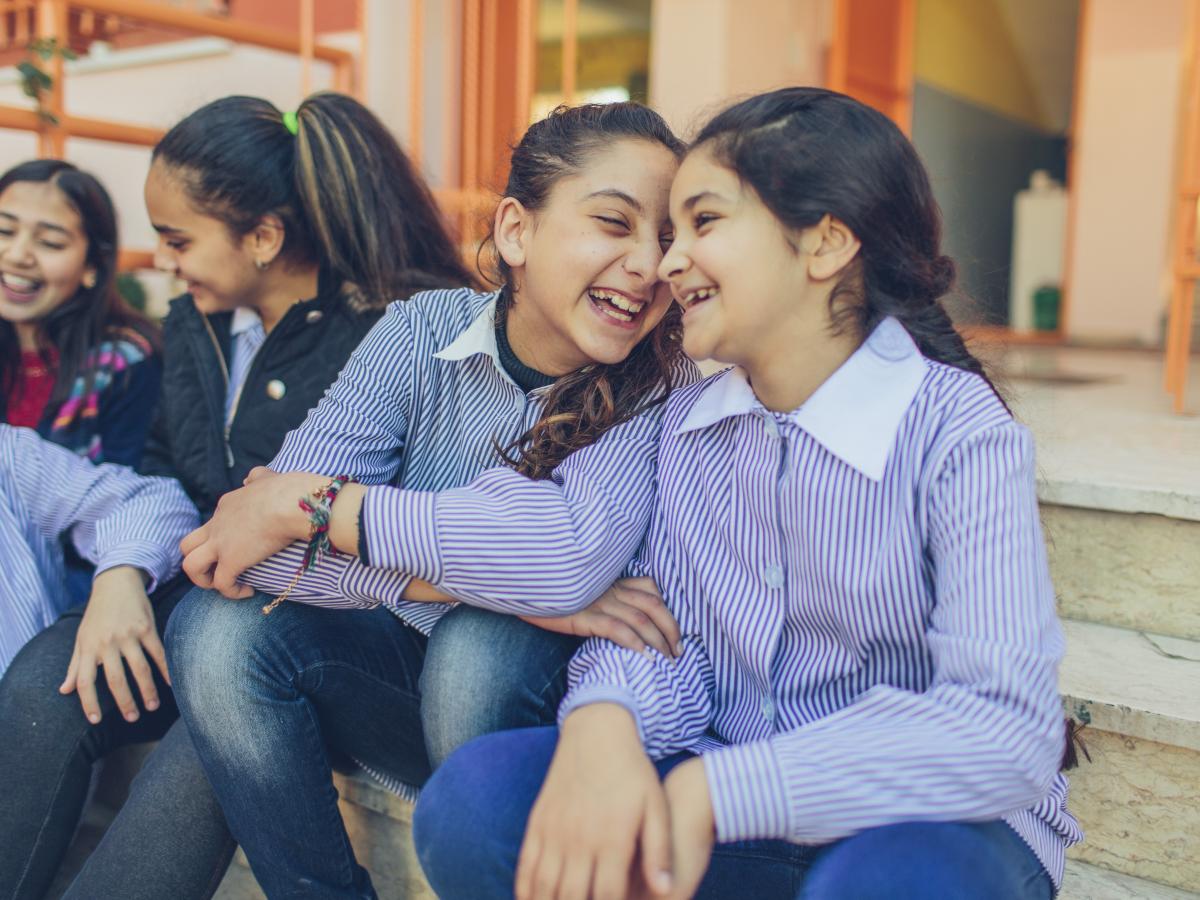
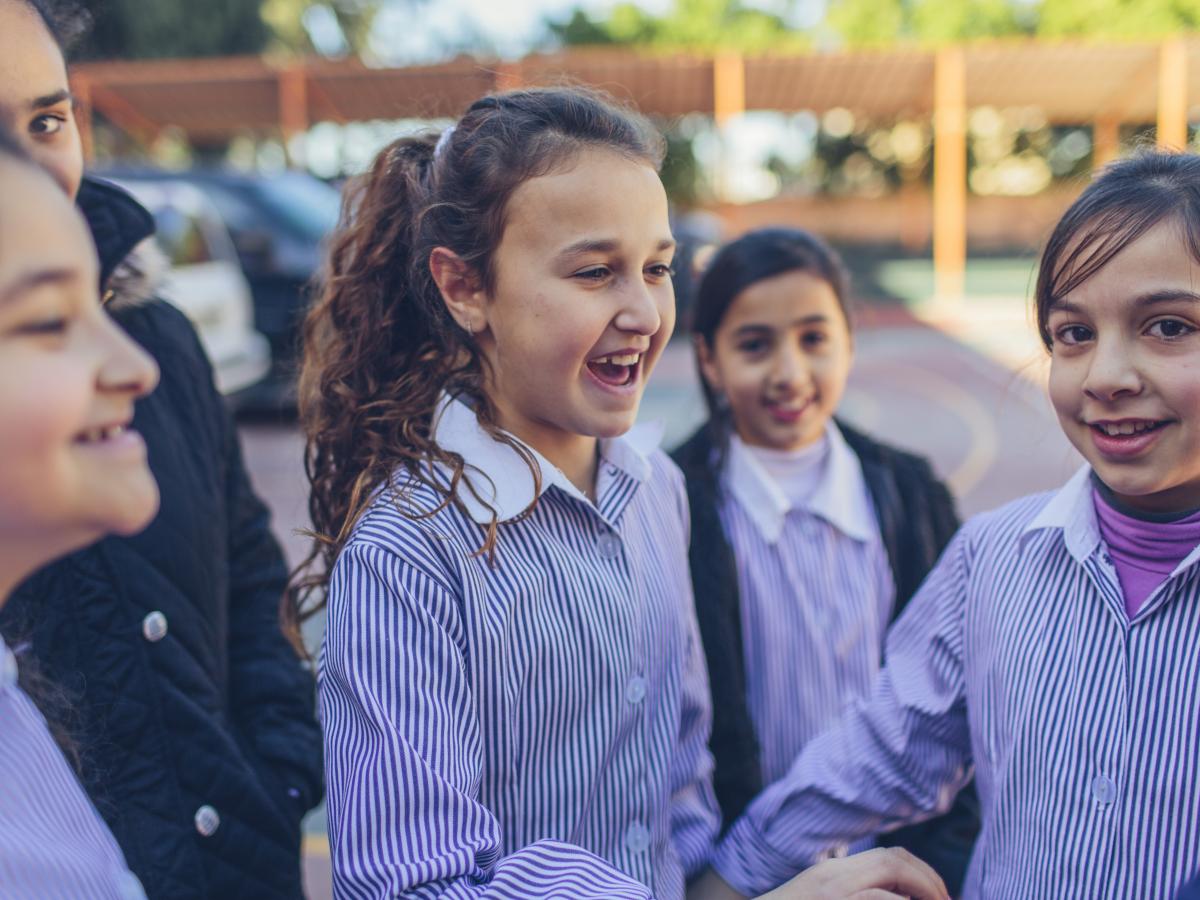
An educated girl has a ripple effect.
She is a promise for generations to come.
Today’s girls are tomorrow’s future.
For a brighter future, start with a girl.
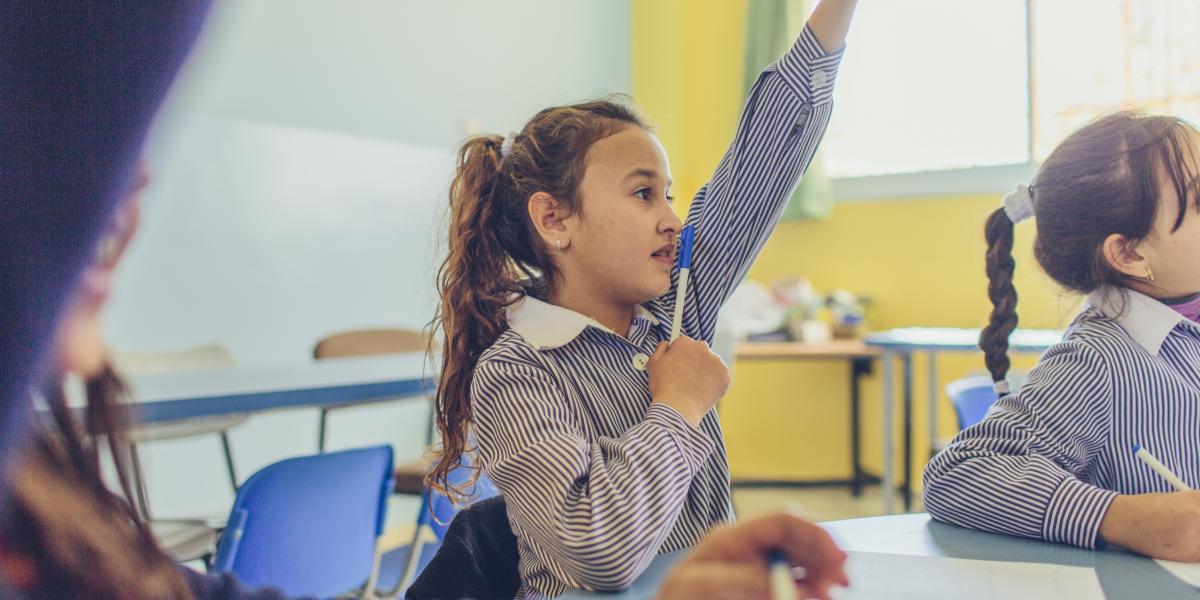
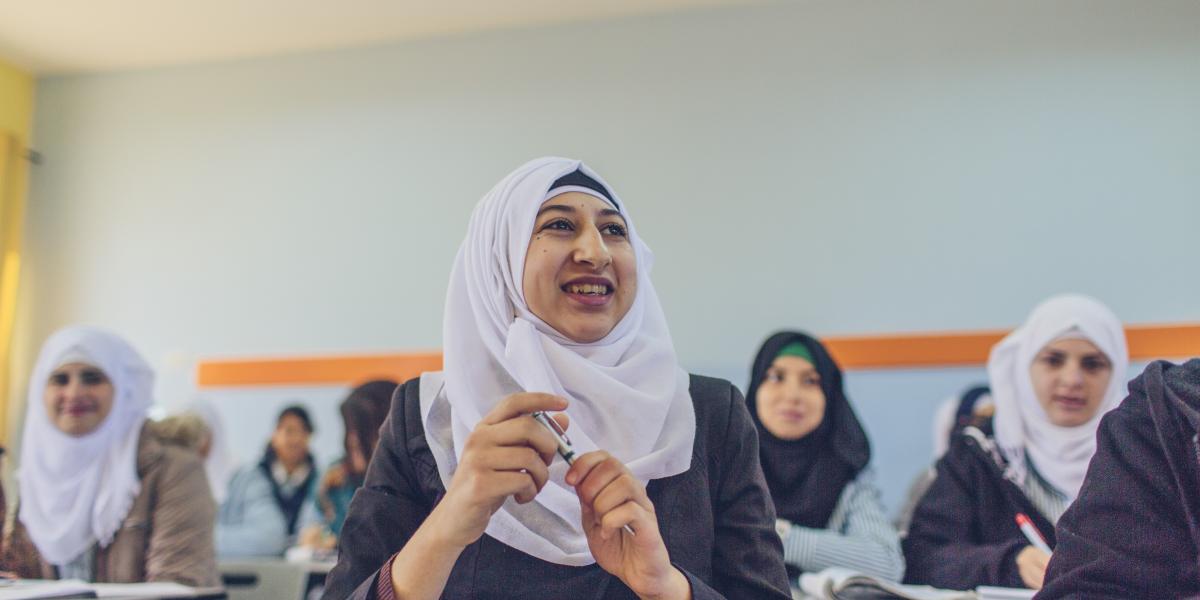
About This Story
At USAID, we know that investing in girls’ education is not only the right approach but the smart one.
The Saffa Girls’ School is one of 57 West Bank schools whose teachers and administrators received training through USAID’s Model School Network Program—a five-year initiative implemented by AMIDEAST to develop a network of schools to set the standard for improving the quality of education in the West Bank. The school also benefited from the Local Government and Infrastructure Program, implemented by Global Communities.
This five-year project has already constructed or rehabilitated 36 schools, as well as more than 160 other infrastructure projects for health clinics, community centers, youth clubs and roads, benefiting almost 1 million people.
Since 2000, USAID has constructed nearly 3,000 classrooms and renovated 2,700 more in the West Bank—allowing many schools to cut class size and eliminate the need for students to learn in shifts. We have trained 4,300 teachers and principals and have given 1,300 scholarships to female students.


